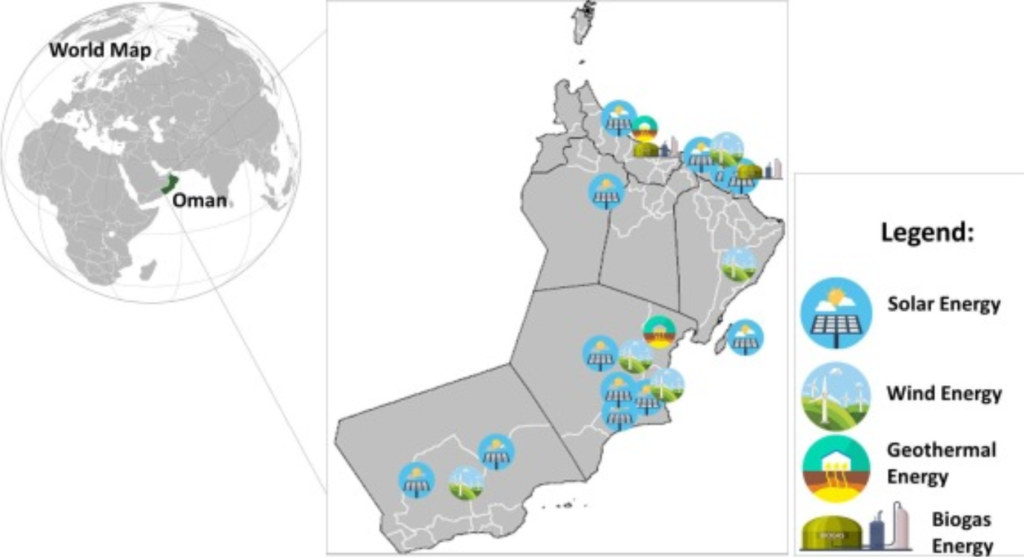Oman holds potential for alternative energy: Study
The research indicates that almost 3.2 per cent and 4.4 per cent of the Omani territory is valid for sustainable use of wind and solar radiation, respectively.”We have made a comprehensive assessment of the potential renewable energy resources in the country, with a particular focus on solar, wind and tidal energy resources. We adopted a novel approach to assess the potential of these energy resources, in which information from multiple climatic indicators is coupled with socioeconomic drivers of energy development,” Doctor Mohammed told the Observer.
His study titled ‘Exploring the potential of solar, tidal, and wind energy resources in Oman using an integrated climatic-socioeconomic approach was awarded in the Energy and Industry field within the PhD category, selected from a number of innovative research projects in the 8th National Research Award organised by the Ministry of Higher Education, Research and Innovation (MoHERI).
According to Dr Mohamed, the team then introduced a new overall assessment index (OAI) based on these three climatic indicators to explore the best localities from a climatic perspective for generating solar and wind energies. The validity of the recommended sites was discussed in the context of important physiographic, environmental and socioeconomic constraints such as population density, urban settlements, distance to water bodies, transportation network and the like.
Their study was based on a daily dataset of the National Centers for Environmental Prediction (NCEP) Climate Forecast System Reanalysis (CFSR); three climate indicators were employed to characterise the frequency, intensity, and duration of solar radiation and wind speed.
According to Dr Mohamed, the Sultanate of Oman can be the hub for alternative energy for the future as both solar radiation and wind can be used as substantial alternative sources of fossil fuel resources in Oman, with almost 3.2 per cent and 4.4 per cent of the Omani territory being valid for sustainable use of wind and solar radiation, respectively. The most recommended sites for wind generation are located mainly along Al-Jazir and Duqum coasts of southeastern Oman, where a promising wind energy center can be constructed. He added that the best localities for the development of hybrid solar radiation generation centers are likely to be placed in Sohar and Thumrayt, where solar intensity approaches 8.1 kWh/m2, with a high frequency of occurrence throughout the year. In contrast, Oman showed low potential to generate tidal power, mainly due to a low tidal range (<2 m) along the majority of the Omani coastline.
Dr Mohamed further added that this study has provided a solid base for national and local decision makers in Oman for a reliable assessment, monitoring, and sustainable exploitation of clean and renewable energy resources, especially with high population growth, accelerated urbanisation, and rapid economic growth over the past few decades, which can pose more challenges to future energy demand in this country.
Source: click here

